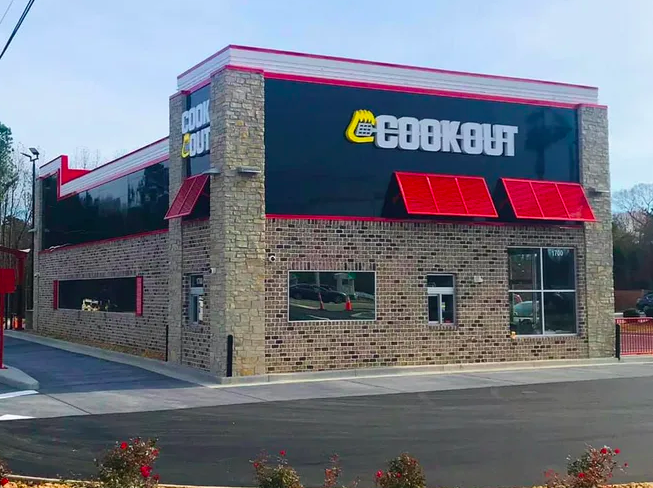So how do food truck vendors avoid failure in the operation of their mobile food businesses? Luckily this task isn’t as hard as some may think. The simple answer is that you need to put you and your food truck into a position that can handle any issue that comes your way. In other words, food truck vendors need to plan for success. The easy way to do this is to build operational systems into the day to day operation of your food truck.
Food Truck Operational Systems Most Trucks Can’t Survive Without
Sales Forecasting System
Sales forecasting is the first of our critical operational system every food truck should perform. If you aren’t writing down your sales forecasts for each day of the week, you run into the risk of purchasing too much or or too little food product. Another issue that can easily come into play is that your truck will also risk of having too many or too few employees showing up for work.
In both of these scenarios your truck will lose profits because you’ll end up 86ing popular and profitable menu items. Or wasting product that isn’t used. When it comes to staffing numbers, you may not have enough people to cover a huge rush and your line will back up or if you have too many staff members, you will be paying for individuals to simply standing around waiting for the next order to come in. In either case you are providing your customers with an awful experience.
Budget Costs System
Building a budget for your food truck is our next operational system for vendors. Without a budget in place, you will not be able to determine your COGS (cost of goods sold) or determine your staff level targets. As I explained in the first operation system, a food truck owner cannot make the right decisions and verify if your mobile food business is on the path of success.
RELATED: Controlling Your Food Truck COGS
Purchasing System
If you want to use a purchasing operations system you will need to implement sales forecasts for every month. These forecasting models , will show you your food truck’s actual sales as they happen. They will also show any purchases you make of food or beverages when they are made or delivered (we understand that most of you deliver your own purchased items). By instituting a purchasing system you will have a better understanding of how much money you need on hand and how much you will spend for every shift or event you operate every day of the year.
Labor Usage System
When food truck vendors install labor systems that are based on sales forecasts they will know how many hours will be needed to provide a great service for their customers. Knowing how many staff members to schedule every day will give you the foresight to make changes on the fly.
Inventory Par Levels
The final system in our list relates to par levels. This task can be started by asking your food and beverage suppliers to provide you with report of your previous purchases for the last year. These reports will help you to determine how much of every ingredient you will need based on forecasting your upcoming customer volume.
The Bottom Line
Implement these operational systems in your food truck to be a foot up on the competition. It’s also a great start on the road of food truck success. The easy way to think about these systems is that they are the building blocks of a vendor’s planning process. They will also help to guide you to a successful shift every time you pull your truck out of the commissary.
In the most simple terms; using these operational systems will help you to develop a food truck that consumers love to go to and one that makes money for its owner.
Do you have any additional food truck operational systems you’ve installed that have led to your success? We’d love to hear about them. Share them in the comment section or on social media. Facebook | Twitter




